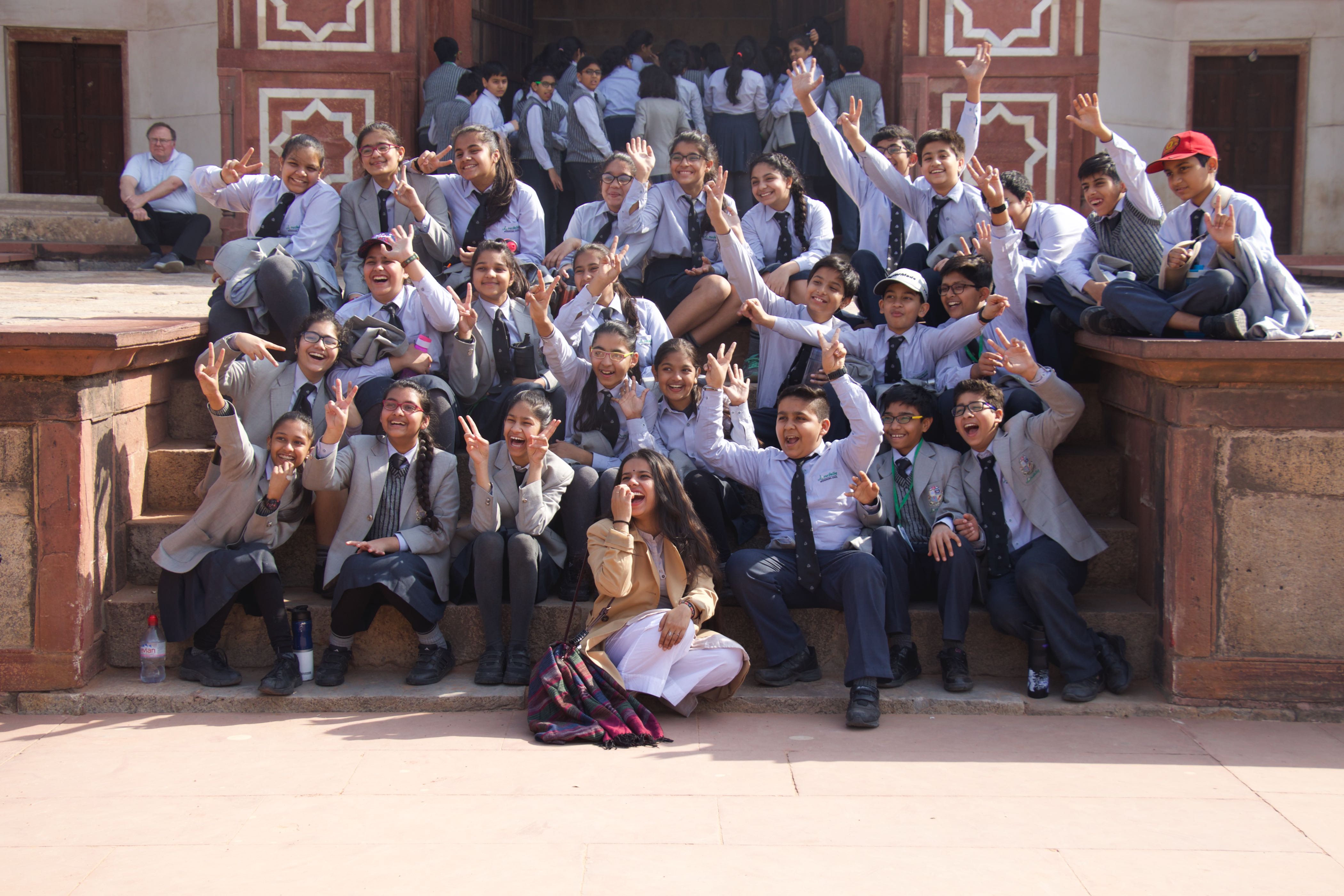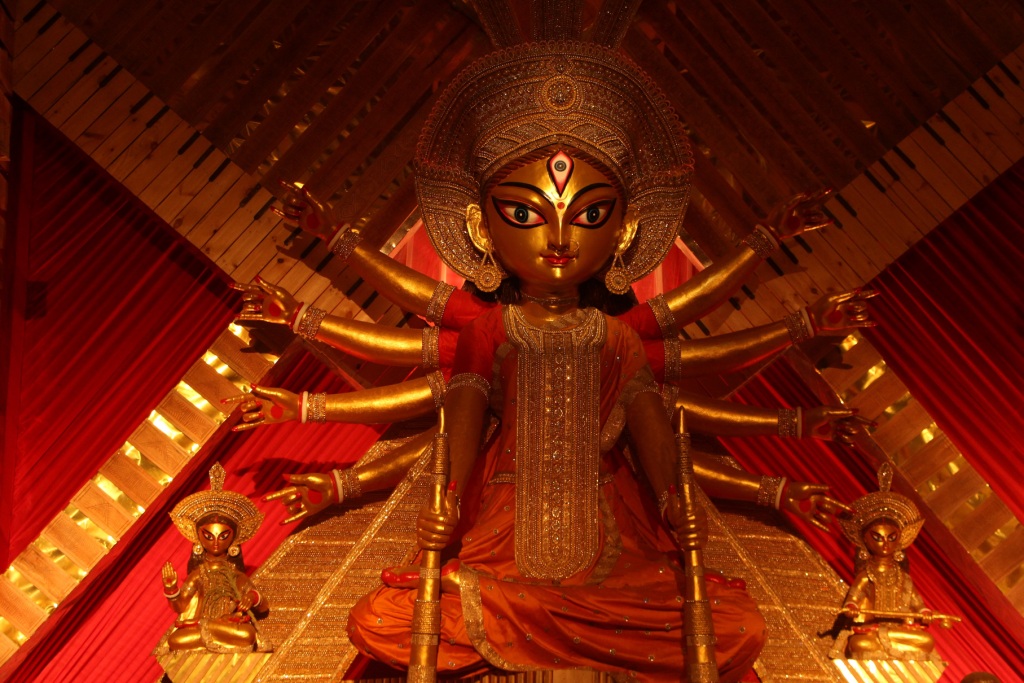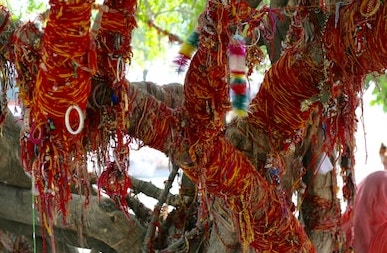Tyagaraja’s Ram bhakti
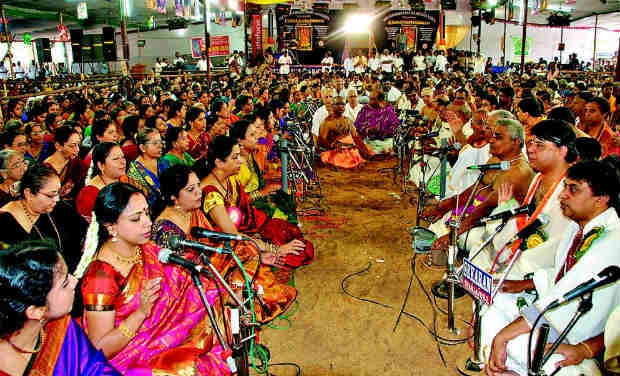
Every year in the month of January on the auspicious day of attainment of samadhi, Pushya Bahula Panchami, the stalwarts of Carnatic music assemble at Thiruvaiyaru village in Tamil Nadu on the banks of the Cauvery to pay homage to one of the greatest composers of Carnatic music- Sri Tyagaraja.
This year marks the 250 th birth anniversary of the composer-saint who is famously considered as a part of the classical trinity of Carnatic music, along with Muthuswami Dikshitar and Shyama Shastri. Tyagaraja was not only a great composer but also an exemplary devotee of Lord Rama. Rama was his ishtadevata (personal deity) and most of Tyagaraja’s compositions are dedicated to him. Indeed, it was Ram bhakti that inspired Tyagaraja’s sangeet. According to one school of thought, bhakti or absolute devotion to Sri Rama was the fountainhead of Tyagaraja’s music and hence analysing his songs for technical merit may not be appropriate.
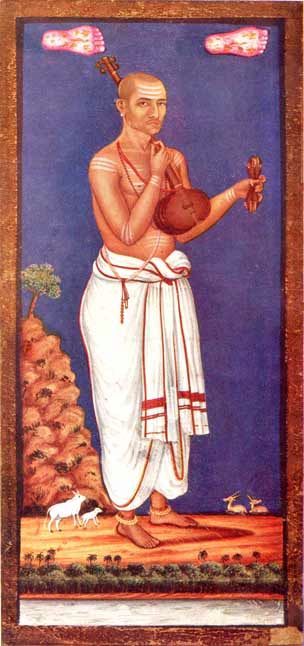
What set Sri Tyagaraja apart as a composer was his undying devotion for Lord Rama. It is almost as if Lord Ram had sent Tyagaraja on this earth to sing his praises, as the glory of the Lord has been immortalised in Tyagaraja’s kritis. Take for instance, his pancharatna kriti: Jagadaananda Kaarakaa – where the saint extols the virtues of Lord Rama and exclaims in a striking charanam:
Puraana Purusha – Nru Varaathmajaa – Asritha Paraadheenakara
Viraadha Raavana Viraavana – Anagha Paraashara Manohara -Vikrutha Thiagaraaja Sannutha
This can be translated below as:
Ageless (“puraana”) God (“purusha”)!
The son (“jaa”) of king (“nru”) Dasaratha (“varaathma”).
The helper and protector (“paraadheenakara”) of the followers (“asritha”).
Slayer (“viraavana”) of Kara, Viratha, and Ravana.
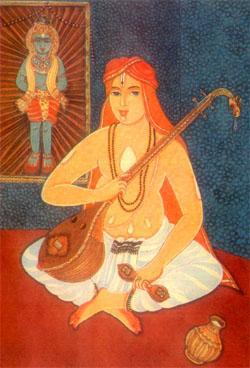
You delight (“manohara”) the sinless (“anagha”) Parashara muni.
Praised (“sannutha”) by the imperfect (“vikrutha”) mortal Tyagaraja.
The pathos associated with a devotee’s longing for the divine is brilliantly evoked in Tyagaraja’s Nagumomu ganaleni na jali telisi nanu brovaga rada (I am not able to see your smiling face because I have become old, my eyes, I am unable to see. Why don’t you come near me?)
Tyagaraja also celebrates the wedding of Lord Rama and Sita in the dainty kriti, ‘Sita Kalyana Vaibhogame.’ In fact, the epic, Ramayana served as inspiration for many of Tyagraja’s kritis as renowned Carnatic Vocalist, N Vijaya Shiva points out that in content, emotion and raga choice, many of the bard’s kritis can be traced to the Sundara Kandam of Valmiki’s Ramyana 2 .
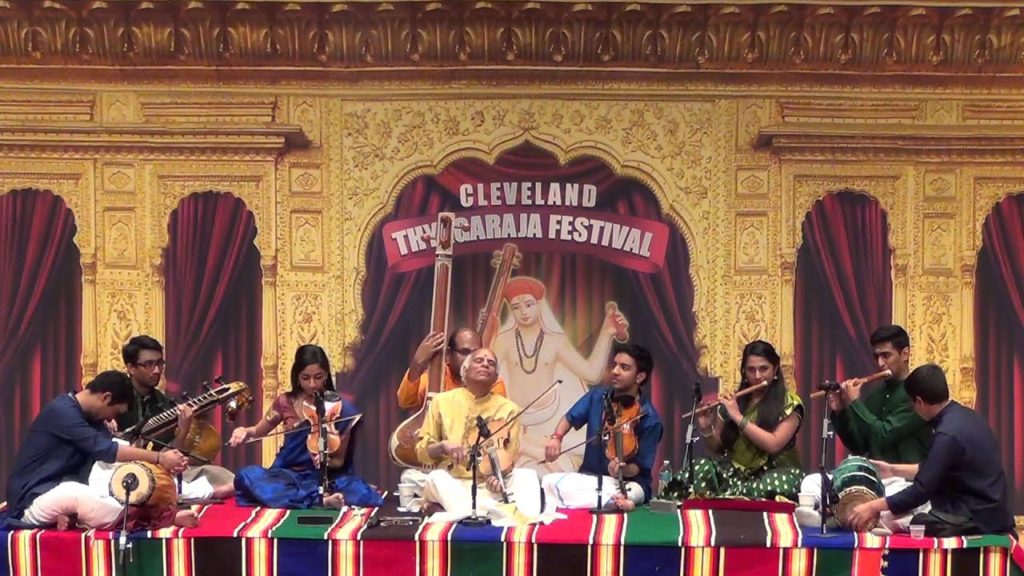
The Ultimate Devotee of Lord Rama
Tyagaraja’s prime disciple, Walajahpet Venkataramana Bhagavatar who documented his biography in palm leaves wrote of the saint:
‘Bhakti vishaye Prahlada eva swayam’ — Prahlada exemplifies unflinching devotion to Lord Vishnu and so does Tyagaraja Swami. Legend has it that when Swami obtained Rama darshana, the Lord blessed him with boons of his choice. Swami said, ‘Bhakti bikshameeyave’ in Sankarabharanam which means, “Lord, if at all you want to give me something, grant me unadulterated devotion.” Another instance is of the song Varalandu (in the Gurjari raaga) in which he declares, “No other boon can satisfy me.”
As Vishaka Hari points out, “his kritis are replete with navarasa and serenity (sowkhya)” 3 . All these put him on a par with Valmiki and one can truly consider him a Bhakta par excellence as his disciple concludes:

“Yo Ramamritapana Nirjitha Sivaha Tham Tyagarajam Bhaje” — I bow to that Tyagaraja Swami, who surpasses even Lord Siva in his incessant chanting of Rama’s name.
Author: Madhav Nayar
